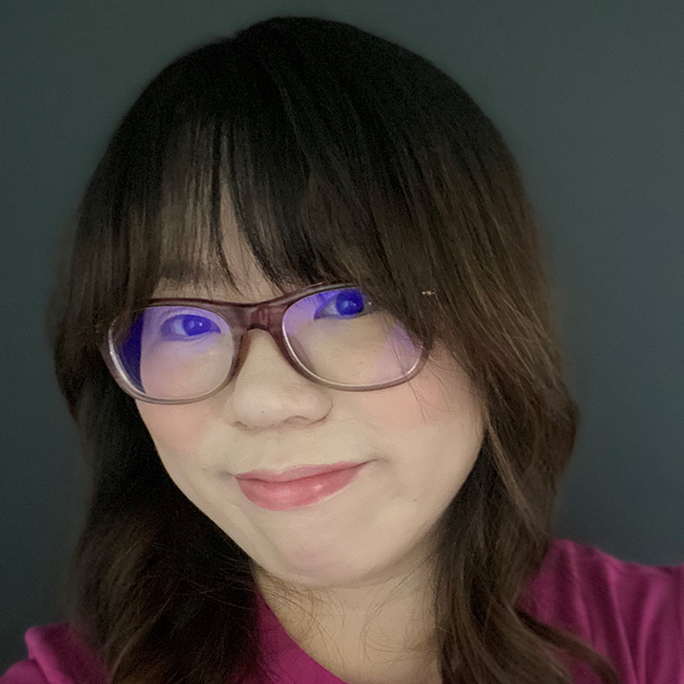
Wendy Lee
Postdoctoral Research Fellow
Universtity of Melbourne
I’m currently a Postdoctoral Research Fellow in Meta-Optical Devices at the University of Melbourne which is affiliated with the ARC Centre of Excellence for Transformative Meta-Optical Systems (TMOS). My research interests lie in metasurfaces for a myriad of real-world applications, upconverting nanoparticles and nanophotonics. From my Ph.D days I have built up significant experience in teaching, lab demonstrating, experimentation with lasers just to name a few. I have won numerous awards for teaching and research aside from being awarded some grant funding for my research. I am very active in Outreach Activities, promoting Optics and Women in STEM to the public and school visits. I would like to further my career in academia through research and teaching in addition to seeking more outreach opportunities to spark interest in meta-optics and nanophotonics. During my free time, I run a guild for massively multiplayer online role-playing games and build many lego sets.
Turning the invisible, visible!
Upconverting nanoparticles combined with carefully designed materials have been shown to generate enhancement in a wide variety of output wavelengths. This project aims to develop an enhancement platform to efficiently convert infrared light into visible light, to put simply, “turning the invisible (infrared light), visible”. Lanthanide (Ln) based upconverting nanoparticles (UCNPs) can be used as a platform to emit visible wavelength light in response to low power infrared (IR) pumping. Currently some of the major issues with these devices are their low efficiencies and the fact that lasing thresholds are higher than desired. The project aims to design, fabricate, and demonstrate efficient UCNP microlasers. A continuous wave microlaser that operates at room temperature conditions with low loss and high photostability could pave the way for a myriad of applications in sensing. An optimal metasurface that improves near-field enhancement has been designed for this purpose. This metasurface, consisting of resonators designed to resonate at the pumping wavelength (980 nm) and at the emission wavelength (660 nm) with significant electric field enhancement have been simulated, fabricated, and is undergoing experimental validation. This work will pave the way for future applications that would benefit from collecting the generated visible light from the UCNP-integrated metasurfaces with a visible-wavelength camera such as night vision goggles for first responders or defense related purposes.